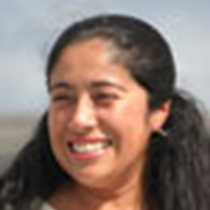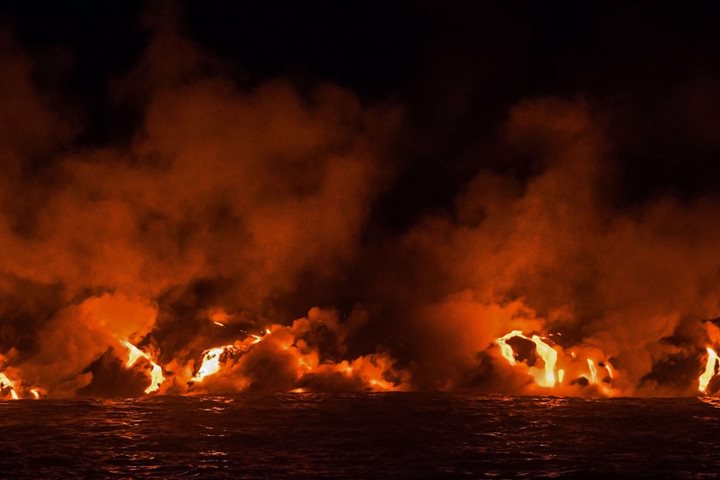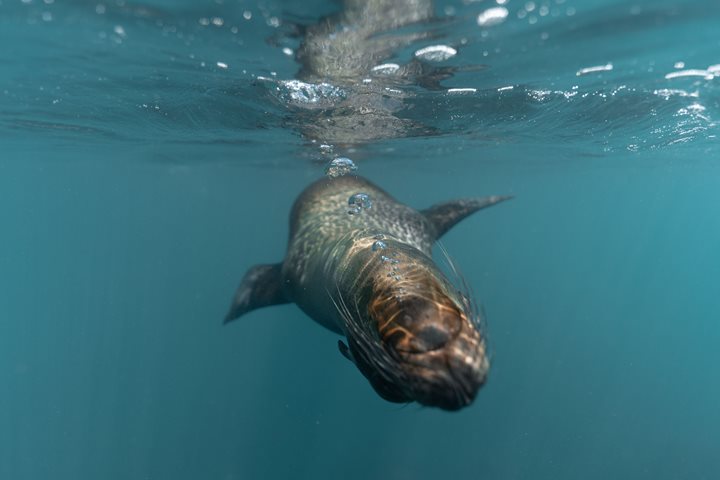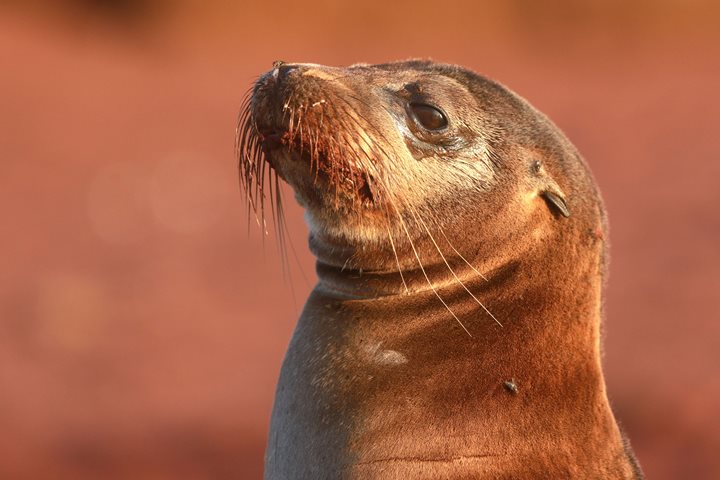This morning we visited the youngest islands of the Galapagos Archipelago. After breakfast we crossed the equator and enjoyed a Zodiac ride along the coast of Volcano Ecuador. Right afterward, our guests were delighted with a great snorkeling with Pacific green sea turtles, playful Galapagos sea lions, marine iguanas, and flightless cormorants. In the afternoon, we went to the only visitor site of Fernandina Island, Punta Espinoza. The weather was overcast and great for photography. Here we found the largest number of Galapagos marine iguanas and got amazing photos of these ancient reptiles. We had a wonderful opportunity to see the beginning of life—when you see how plants grow out of the dark lava flows, you learn how resilient life is! Galapagos offers our guests to see what Darwin saw: evolution in action.
- Daily Expedition Reports
- 10 Jul 2018
Isabela & Fernandina ISLANDS, 7/10/2018, National Geographic Islander
- Aboard the National Geographic Islander
- Galápagos
Vanessa Gallo, Naturalist
Vanessa Gallo’s grandparents arrived in the Galápagos Islands in 1936, making her the third generation of her family to live and work in this magical archipelago. She left the islands for the capital city of Quito for high school, where she discovere...
Read MoreShare Report
Related Reports
11/23/2022
Read
National Geographic Islander II
Isabela and Fernandina
Our day began with the chance to point out a lot of interesting geological features as we enjoyed Zodiac tours along a massive flank of Ecuador Volcano on Punta Vicente Roca. In the afternoon, we took a sunny walk on Punta Espinoza on Fernandina Island. We spotted many iguanas, and a bunch of sea lions hanging around, too.
11/22/2022
Read
National Geographic Islander II
North Seymour & Rabida Islands
Relatively small and low compared to neighboring Santa Cruz, North Seymour is located to the north of Baltra. The island is dry with predominantly low shrubs, like prickly pear cacti. The incense trees are bare during the dry season. Seabirds like frigatebirds and blue-footed boobies nest on the island, and sea lions rest on the sand when they are not fishing. Land and marine iguanas also live here. Rabida is in the middle of the archipelago and has a striking red sand beach. We observed a small colony of sea lions of all ages resting or nursing. Behind the beach, American flamingos nest in a brackish lagoon. This island is full of contrasts and wildlife that we enjoyed observing during this day of expedition.







